12 Facts About Richard Red Skelton, The Kookiest Clown, You Might Overlook
1913 gave the word to a legendary comedian and entertainer, Richard “Red” Skelton, known for his unique humor and versatile performances.
There was nothing funny about Red’s childhood but he never stopped dreaming of becoming an entertainer. Despite the challenges, he found his stage to shine.
Skelton’s talent for humor and creating memorable characters made him a standout in entertainment, leaving a lasting legacy in comedy. His wit and charm endeared him to audiences, securing his timeless icon position.
1. As a child, Richard “Red” Skelton struggled with his name

Richard “Red” Skelton had a name that often raised eyebrows. As a child, when a teacher refused to believe that his middle name was “Red,” he invented the name Bernard, inspired by a local store called Bernard Clothiers, to satisfy her.
This name would become one of many alter egos and pseudonyms he used throughout his career.
2. The story of Red Skelton’s father has various versions
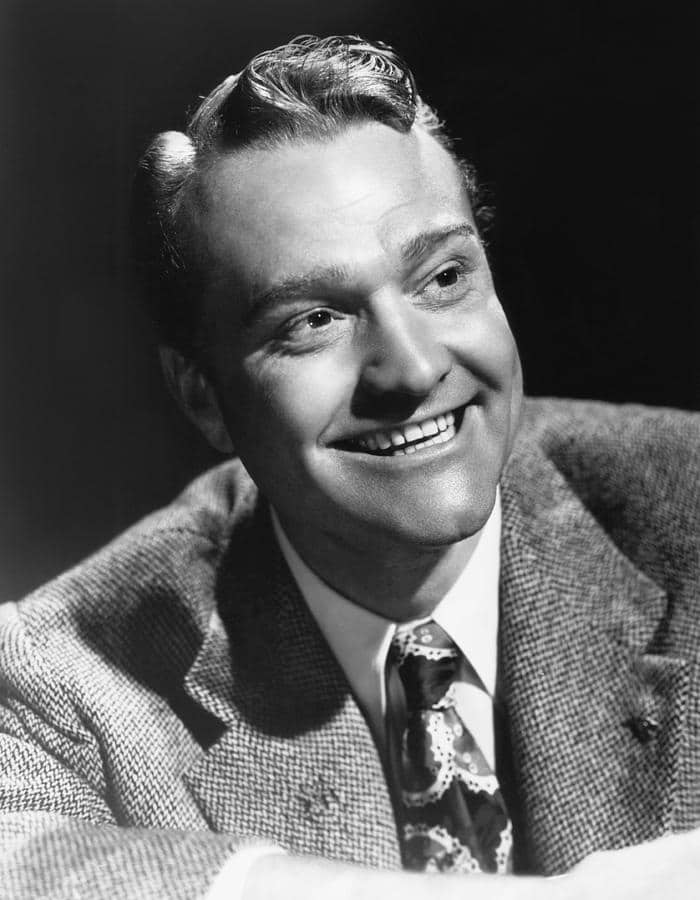
While some claim he was a circus clown with the Hagenbeck-Wallace Circus and met a tragic end involving either alcohol or a tent pole accident, local obituaries tell a different tale.
They state he passed away due to complications from a stroke. He is said to be involved in community lodges and worked as a part-time baseball umpire. Additionally, he co-owned a grocery store with his brother Chris.
Rumors suggest he may have been a lawyer who left the profession after successfully defending a murder case, but no concrete evidence supports this claim.
3. Red Skelton was poor than dirt
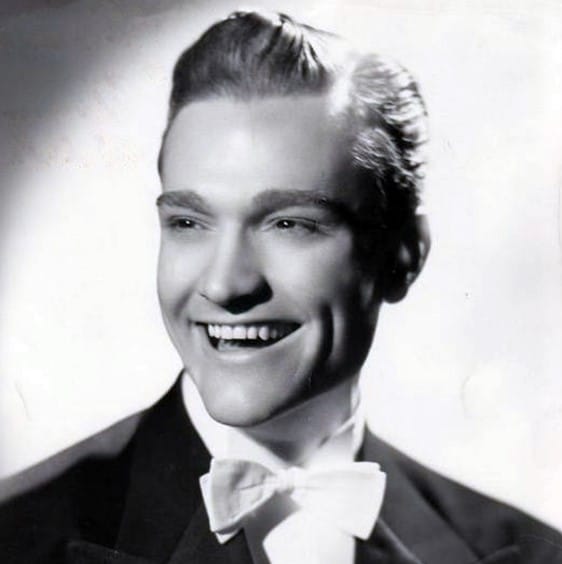
After his father’s death, the Skelton family fell into severe poverty. They struggled so much that even their neighbors tried to stay away from them.
A childhood friend recalled how her parents ended her sister’s relationship with Skelton, fearing he had no future.
Skelton started working at just seven years old, selling newspapers and taking odd jobs to support his family after they lost their store and home.
4. He used to be an annoying boy
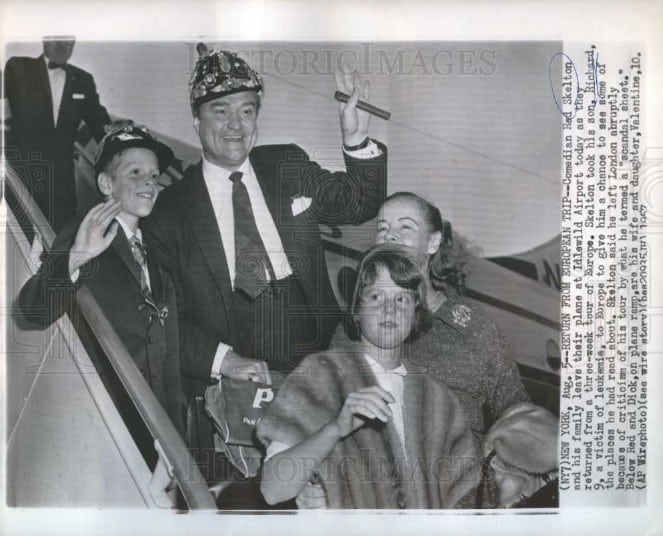
Because of poverty, Skelton likely lied about his age to get a job as a newspaper boy. Though it didn’t pay much, he quickly learned to pester people until they bought a paper just to get him shut up.
5. He was the butt of the joke
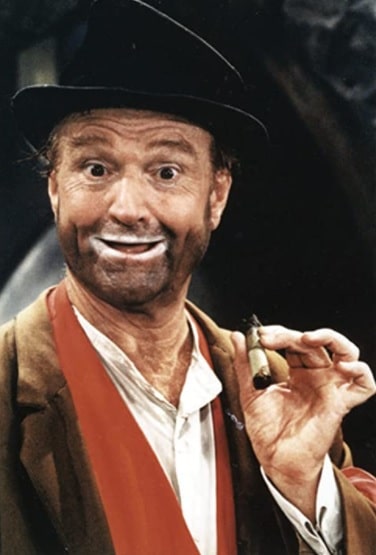
As a child, Skelton realized he could make people laugh and dreamed of becoming an entertainer like his father.
He often told friendly strangers, “That’s what I’m going to do when I get older. I’m going to make people laugh”. Little did he know at the time, the joke was on him.
6. Red Skelton was headed straight for heaven
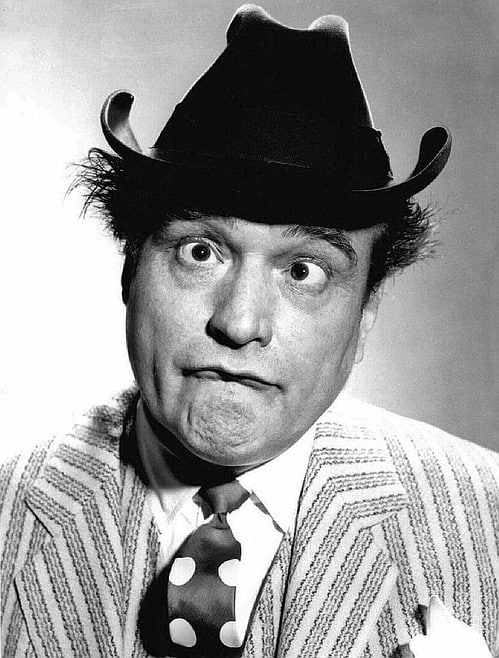
Despite his natural talent for entertaining, Skelton faced early challenges on stage. During a performance of Uncle Tom’s Cabin, a malfunctioning treadmill unexpectedly started moving backward while he was on it.
Skelton, unable to resist his comedic instincts, broke character and exclaimed, “Help! I’m backing into Heaven!” This unexpected twist sent the audience into fits of laughter.
7. Not everyone enjoyed his jokes
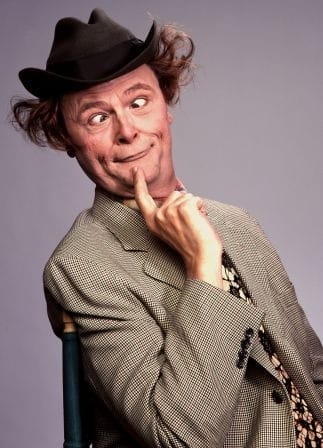
As burlesque comedy grew more risqué, Skelton decided to move on. He didn’t find the new material funny, not because he was prudis: “I just didn’t think the lines were funny”.
He then became a sought-after master of ceremonies for dance marathons, known as “walkathons” in the 1930s, which were a big trend at the time.
During one of these events, he met Edna Stillwell, who had just won a marathon. She approached Skelton after winning the contest and told him that she did not like his jokes.
Interestingly, they started to get to know each other and got married in 1931 in Kansas City.
8. Red Skelton’s wife, Edna Stillwell, was a smart woman

When Skelton’s boss threatened to cut his salary, Stillwell took matters into her own hands. Her conversation with the boss worked like magic: not only did she stop the pay cut, but she also negotiated a hefty raise for Skelton.
On top of that, she secured a bunch of other perks and concessions.
But Skelton wasn’t just sitting idle. When they ran low on cash during their cross-country trip, Skelton came up with a brilliant idea to make some quick money: he told Stillwell to start collecting empty cigarette cartons.
9. He impressed with President Franklin D Roosevelt
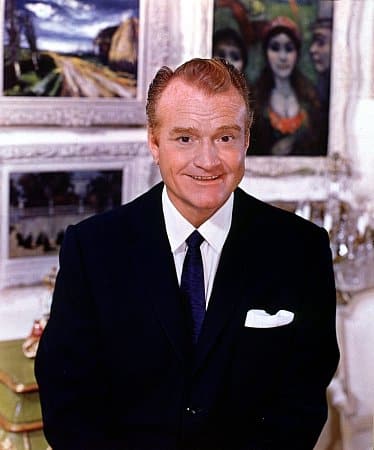
While having breakfast at a diner in Montreal, the Skeltons found inspiration for a new routine as they watched people enjoying doughnuts and coffee. This led to the creation of the “Doughnut Dunkers” routine, where Skelton humorously portrayed different ways people eat doughnuts.
In 1937, while performing at the Capitol Theater in Washington, D.C., Skelton received a special invitation from President Franklin D. Roosevelt to perform at a White House luncheon.
His quick wit and playful antics, like jokingly, “Careful what you drink, Mr. President. I got rolled in a place like this once.” This led to Skelton becoming the host for Roosevelt’s official birthday celebrations for many years.
Renowned comedian Mickey Rooney reached out to Skelton and encouraged him to move to Los Angeles, the City of Angels.
10. He played 3 roles in a movie
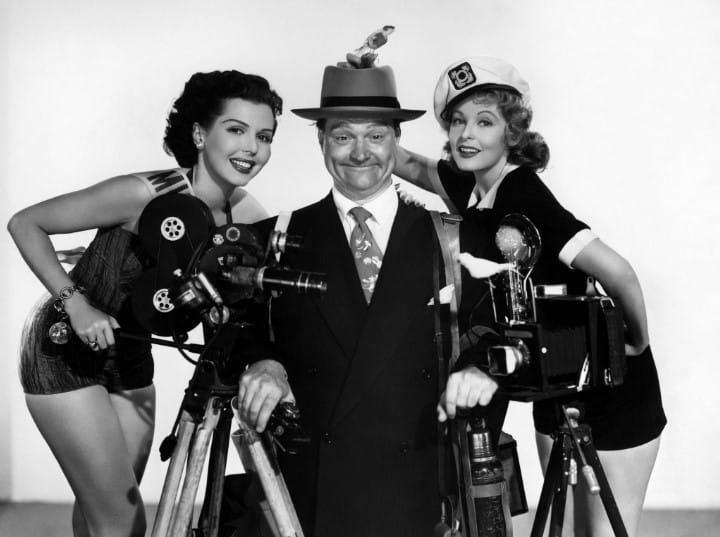
During the filming of the 1950 movie “Watch the Birdie,” Skelton took on three distinct roles: Rusty Cammeron, Pop Cammeron, and Grandpop Cammeron. Impressed by his versatility, MGM provided him with three separate trailers, each designated for one of his characters.
11. He suffered a severe stutter
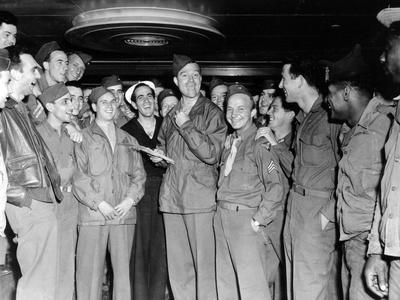
During World War II, while serving in the United States Army, Skelton faced intense pressure that led to exhaustion and a nervous breakdown. His condition included developing a stutter, which significantly affected him.
While recovering at Camp Pickett, Virginia, he met a fellow soldier gravely wounded and not expected to survive. Skelton lifted up the soldier’s spirits, spending time and trying to make him laugh.
Through this compassionate effort, not only did the soldier’s condition improve, but Skelton’s stutter also lessened, marking a turning point in his military service.
12. Red Skelton never took anything seriously
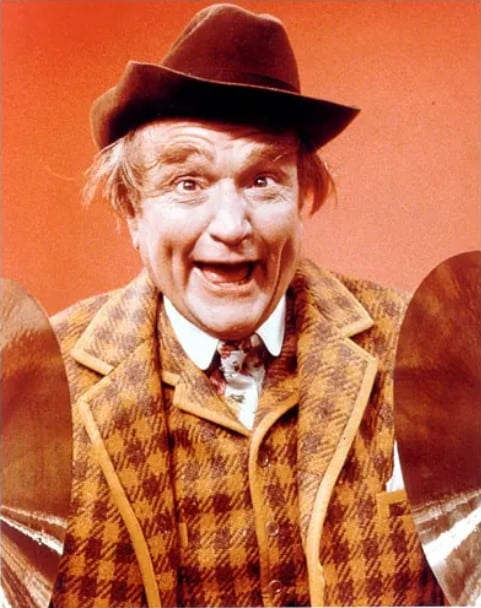
Skelton admitted that in his artwork, he focused almost exclusively on clowns and he couldn’t explain. “I don’t know why it’s always clowns,” he once said, “No, that’s not true—I do know why. I just don’t feel like thinking about it”.
Despite this fascination with clowns, he shared a simple philosophy for a happy life: “My mother told me something I’ve never forgotten,” he said, “Don’t take life too seriously, son, you don’t come out of it alive anyway”.

